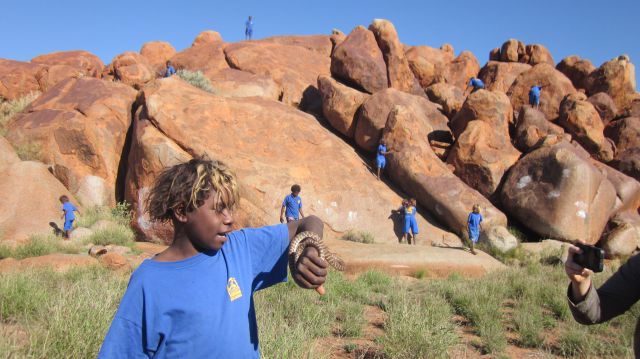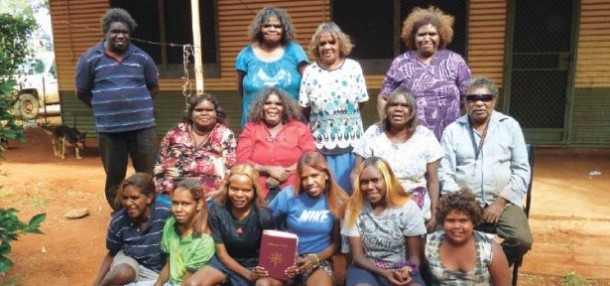Challenge 1 — How do you make the sounds you speak? (Science of Phonetics)
Here is a picture of your mouth. Notice all the different parts of the mouth. Imagine all the sounds that are made in every language in the world. People all have the same shaped mouth but they train their mouths to make all the sounds they need to make AND they train their ears to hear those sounds as distinct from other sounds in the language. Let us discover what is happening in your mouth right now.

Challenge 2 — Taking our vocal sounds to the next level (Science of Phonetics)
In the last lesson we learned about 3 different sounds. Working from there, we are going to look at a
few more things that happen in our mouths.
For the next questions, study this table.
| Bilabial | Alveolar | Velar | |
| Voiceless plosive |
P | T | K |
| Voiced plosive |
B | D | G |
| Nasal | M | N | ? |

Challenge 3 — The science of writing the sounds of a different language (Science of Phonetics)
The International Phonetic Alphabet (IPA) chart below contains many of the consonantal sounds that are used in languages around the world (note that this is a simplified version). See how the chart matches the articulators found in the mouth. In each column of the chart, the items on the right are voiced (throat vibrates).


Transliteration - How to spell words when the sound systems don’t match
Let’s visit the Ngaanyatjarra people from the Western Desert of Australia. They represent over 1,200 speakers and since 1991 have had the full New Testament. How do the Ngaanyatjarra spell “Andrew”?
Each language is unique and, because of this, requires its own tailor-made orthography (alphabet and writing rules). Part of communicating God’s message to people from different cultures and languages is making sure that it conforms to these orthographic rules. Because of this, names in the Bible often sound quite different through a process called transliteration.
Help us transliterate the name “Andrew” for the Ngaanyatjarra people:
- Start with the English spelling.
- 'ew' is represented by 'u'.
- They do not use 'd'. Closest sound is 't'.
- Every word begins with a consonant, which would be 'y' in this case.
- You cannot have 3 consonants together, so put in the vowel 'i' to break it up.
- All names end in ‘nya’.
Matthew 4:18 - As Tjiitjalu (Jesus) was walking beside the Sea of Kalalila (Galilee),
he saw two brothers, Simon called Piitanya (Peter) and his brother
(Andrew).
Congratulations on finishing this set of challenges.
If you enjoyed learning about the science of sound systems from different languages, perhaps you should consider getting training to be a language survey worker. They travel around to different areas within a country with a standardized set of words. Survey workers ask people to give the equivalent of each word in their language and then transcribe that word exactly how it is pronounced. Then by comparing the list of words gathered in many different areas, the survey worker is able to identify language boundaries and discover how closely related languages from two areas are. After the video, please click here to go to the Home page and try another set of challenges.

